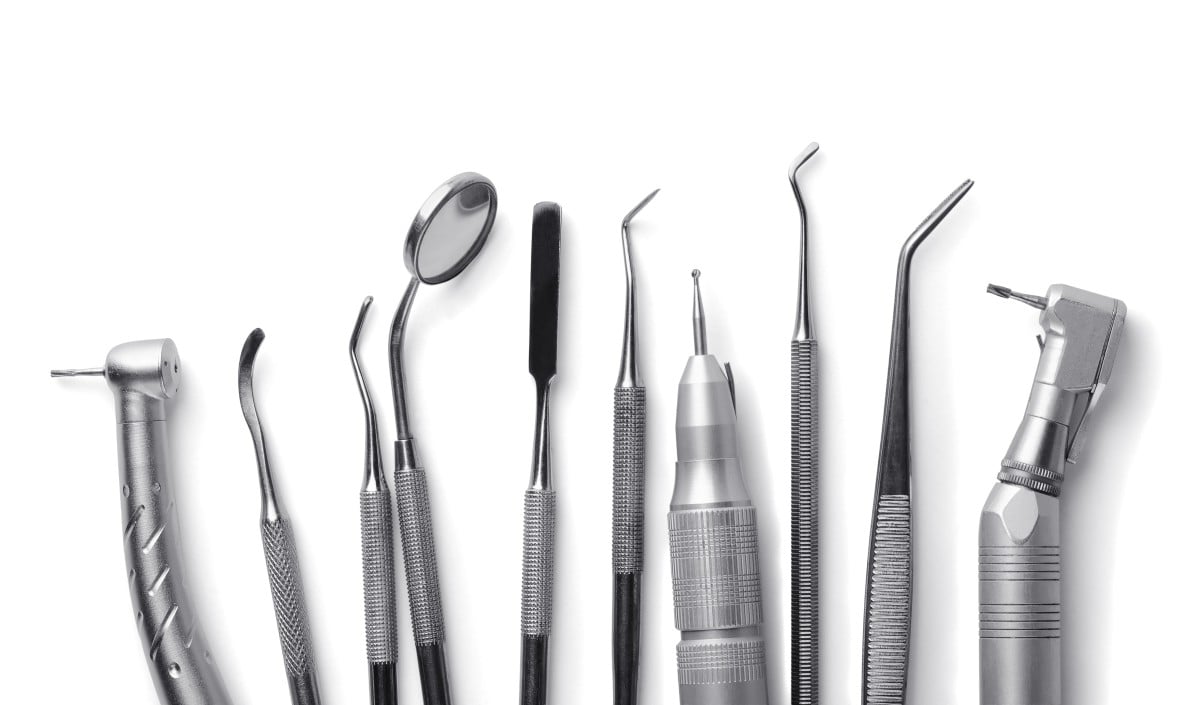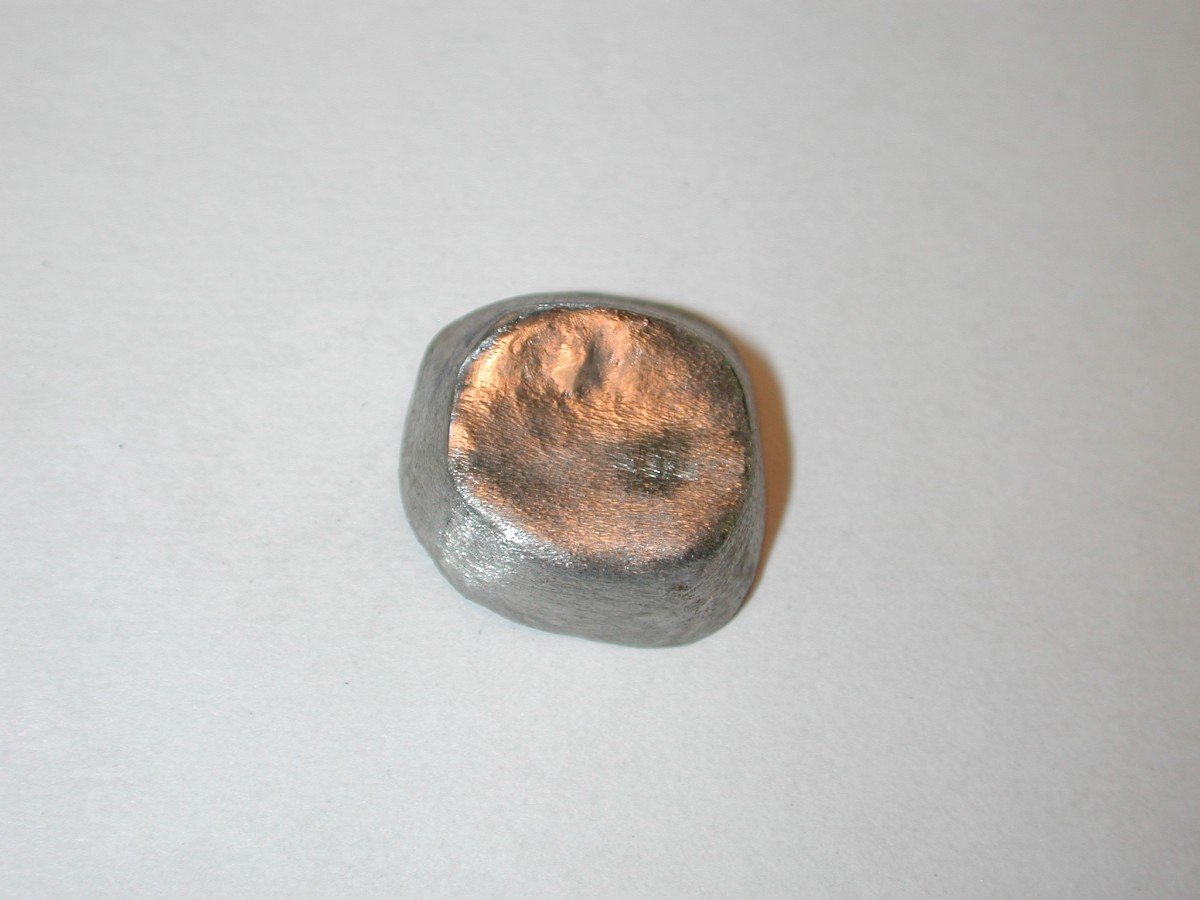
Quick Links
- What is Laser Marking?
- Marking Mandates in Dentistry
- What is Laser Welding in Dentistry
- Laser Welding and Laser Marking Applications in Dentistry
What is Laser Marking in Dentistry?
Laser marking is the process by which manufacturers, in this case of dental devices or implants, can permanently mark products with identifying information. Laser marking can provide clear, precise marking information that meets regulatory requirements and can withstand the heat of autoclaving. As such, laser marking has replaced several outdated methods for tracking dental equipment.
Marking Mandates in Dentistry
In 2013, the FDA passed what is known as the UDI rule or the Unique Device Identification system. The goal of the rule was to increase both patient safety and efficiency within a dental office by helping teams identify equipment more easily rather than relying on colored tape or illegible serial numbers to identify equipment used in or prepared for procedures.
The rules, according to the UDI are:
- Every device (includes dental tools) must have a UDI, or a unique device identifier and must come in a package that includes the UDI as a barcode and as plain text.
- The device manufacturer or brand owner must submit product information to the FDA’s Global Unique Device Identification Database (GUDID). The database is available on line, administered by the FDAA, and provides a reference point for every device with a UDI.
- The device itself must be directly marked with the UDI if it is reusable and processed before reuse, as one would see with dental tools.
These rules apply to all types of dental devices, not just tools. In fact, dental implants also fall under this rule and those UDIs are often included in electronic health records (EHR) in case there is a recall with an implant or dental device.
 What is Laser Welding in Dentistry?
What is Laser Welding in Dentistry?
Laser welding has revolutionized the healthcare industry and has several applications within dentistry. State-of-the-art, free-moving laser welders have allowed operators to benefit from pin-point accuracy and localized heat. These two features produce excellent seam welds and eliminate thermal expansion on dental implants.
Because so many dental implants and devices rely on alloys, like titanium, welding is often an important part of designing and manufacturing implants and oral devices. Much like the highly technical requirements of other industries, dental device manufacturers and labs need to be able to meet precise specifications to ensure proper fit, but also need to be able to consistently produce high quality products. Laser welders enable that functionality.
Further, laser welding is highly suitable for most dental alloys including titanium.
Laser Marking and Laser Welding Applications in Dentistry
As noted above, when it comes to laser marking, the primary use in dentistry is on dental devices, tools, and implants to ensure the manufacturing information is available and trackable. Additionally, items may be laser marked with:
- Logos
- Brand/product names
- Serial numbers
- QR codes
- UDIs
- Dates

- Clasp repair
- Dentures
- Prosthetics
- Crown and bridge work
- Long span bridges
- Orthodontics
- Implants
- And more
Often, technology comes along and makes an industry wonder how it even worked beforehand. Laser technology does the same for dentistry. It helps improve dental safety and efficiency, benefiting both patients and practices.
Get in touch with the LaserStar team if you’re ready to talk about making the investment in the tools that will revolutionize your product and help improve patient and practice experiences.

.jpeg) What is Laser Welding in Dentistry?
What is Laser Welding in Dentistry?



